HAT302 - Menu Redesign: Enhancing Food & Beverage Management
VerifiedAdded on 2023/06/12
|8
|1233
|165
Report
AI Summary
This assignment provides a comprehensive review and redesign of a restaurant menu, focusing on Café Di Stasio in Melbourne. The review identifies potential issues within the current menu, such as a lack of nutritional information, allergy alerts, and an unappealing background. An alternative menu concept is proposed with a redesigned blueprint, incorporating nutritional facts and a more visually appealing theme. The assignment emphasizes the importance of menu design in attracting customers and enhancing the overall dining experience. It includes references to support the analysis and proposed changes. Desklib provides this solved assignment and other study tools for students.
1 out of 8
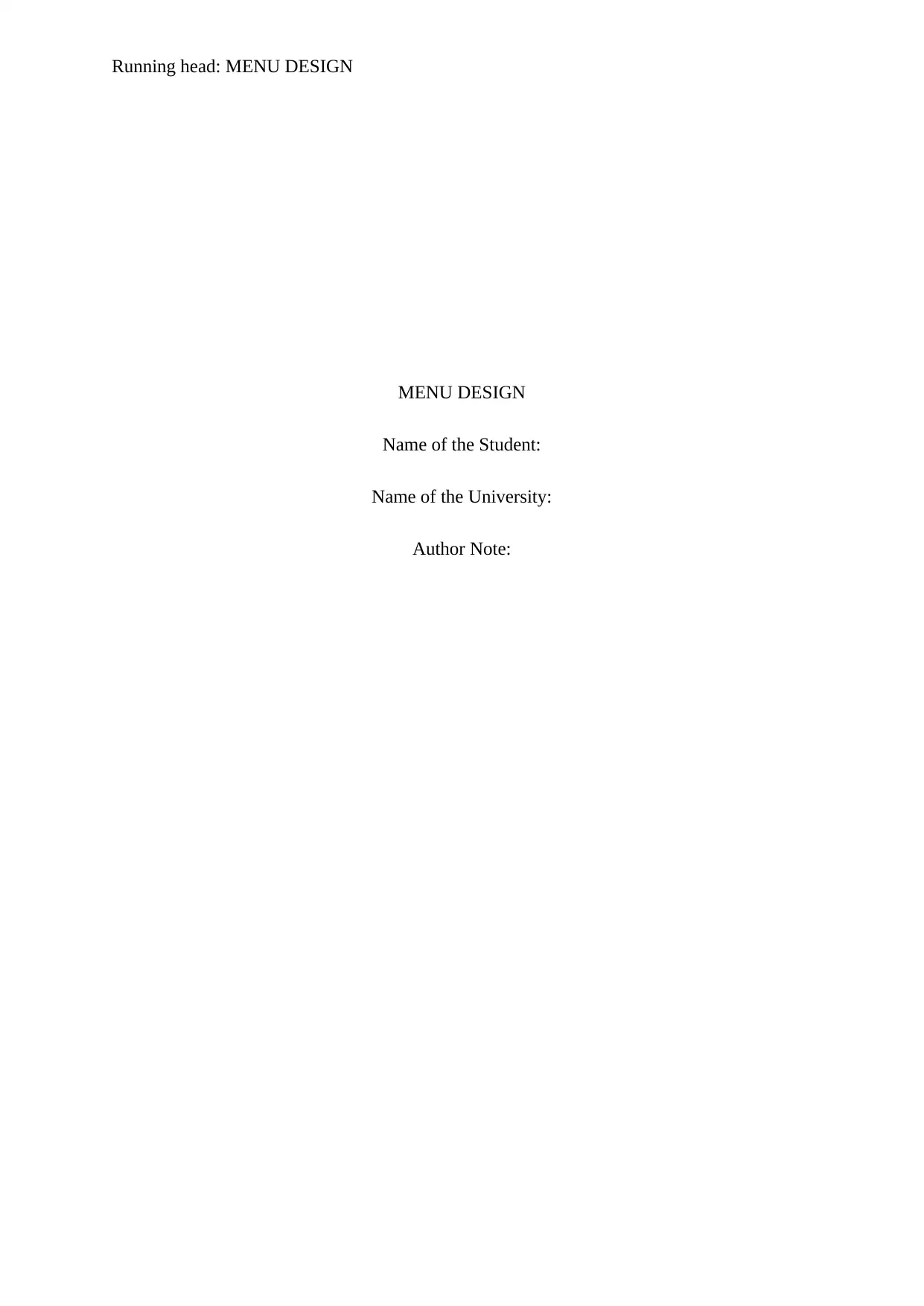
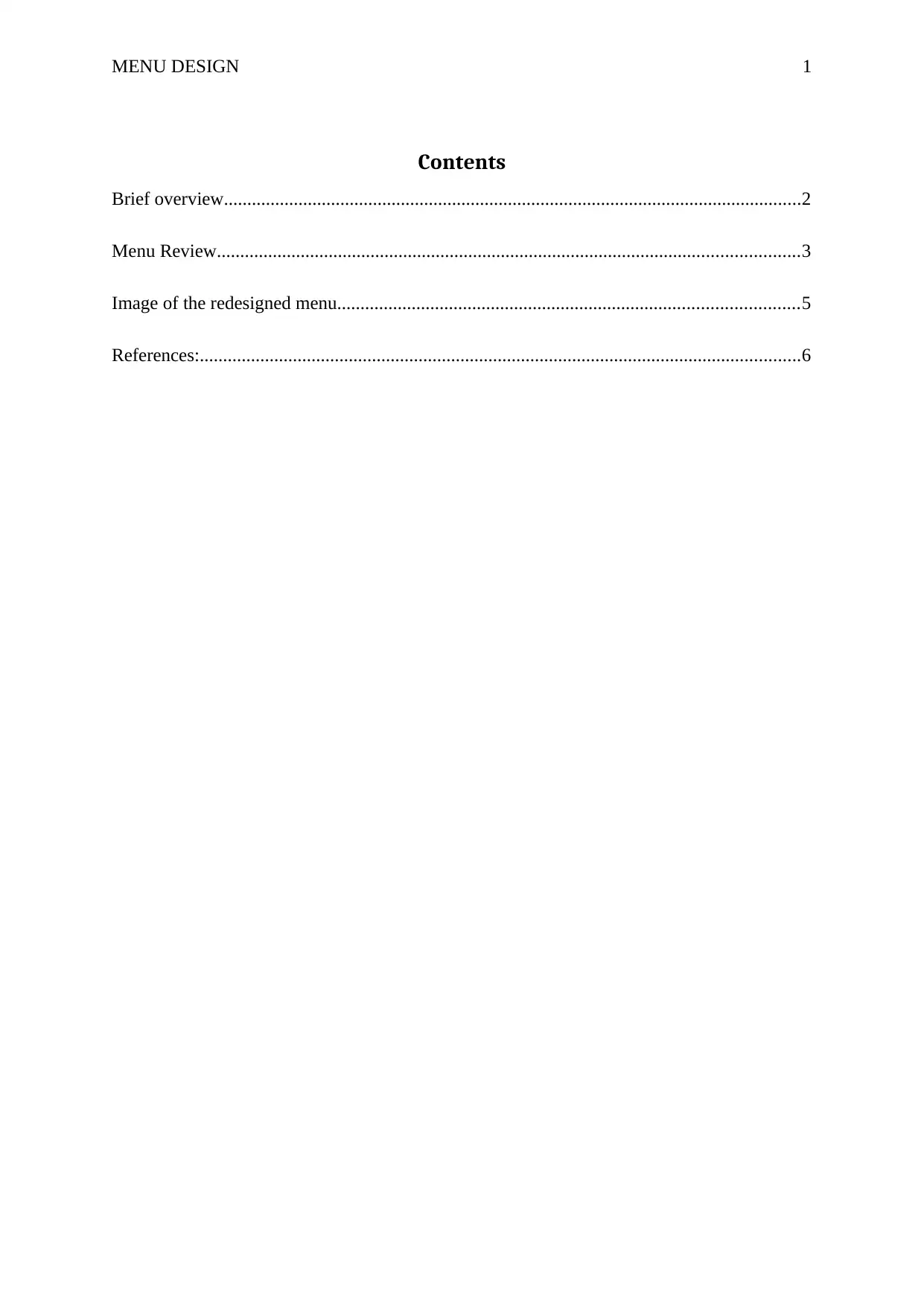
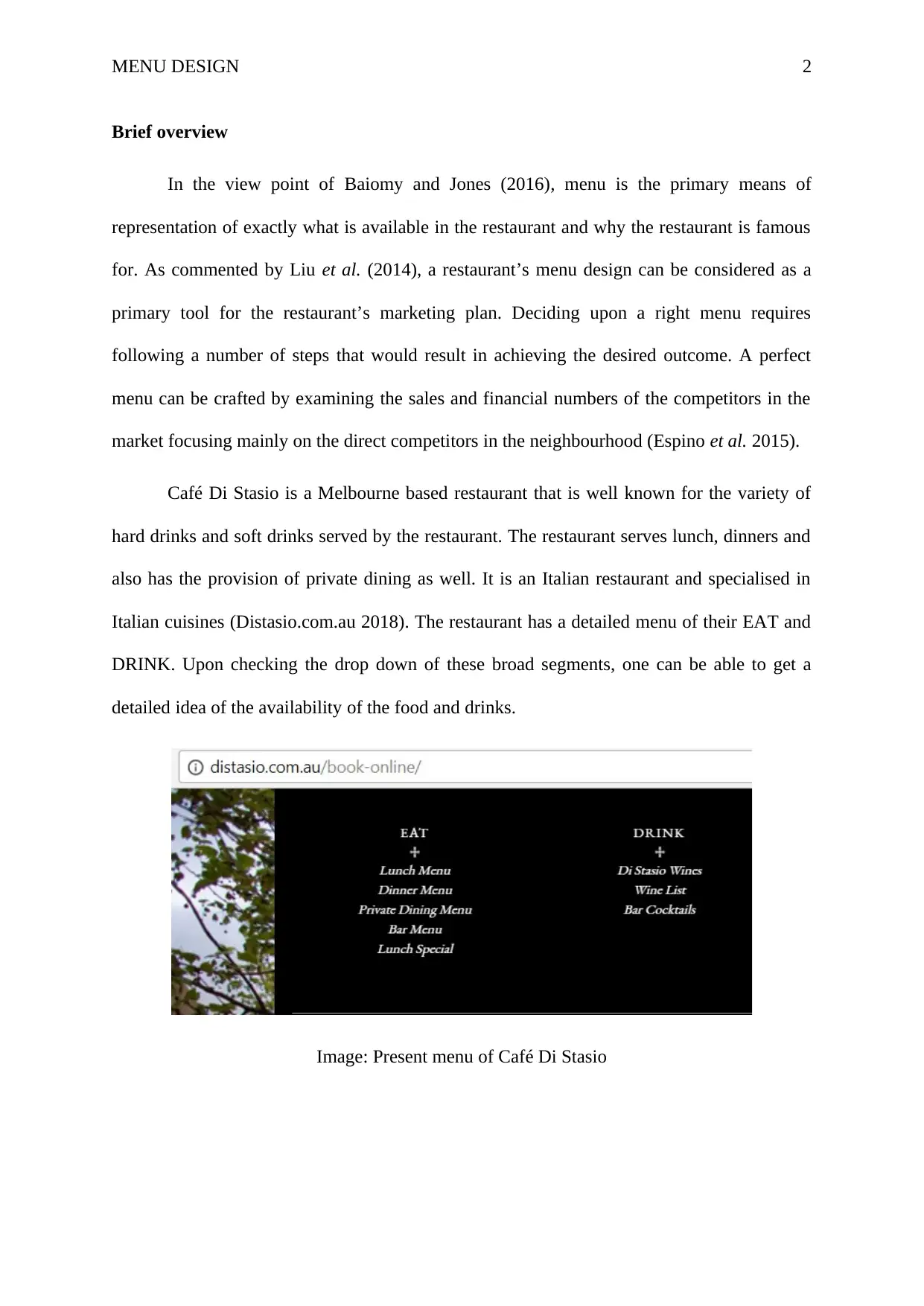
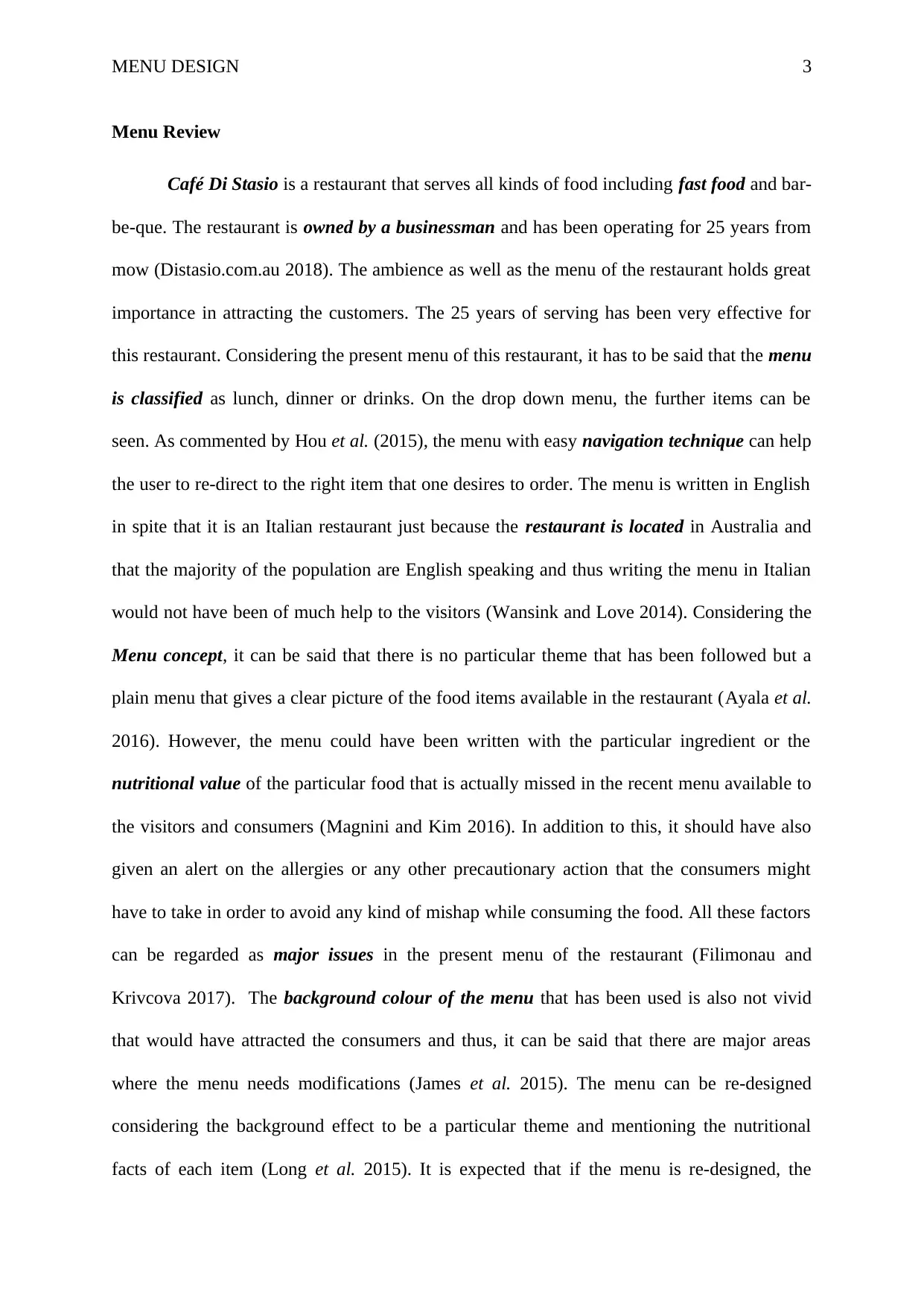
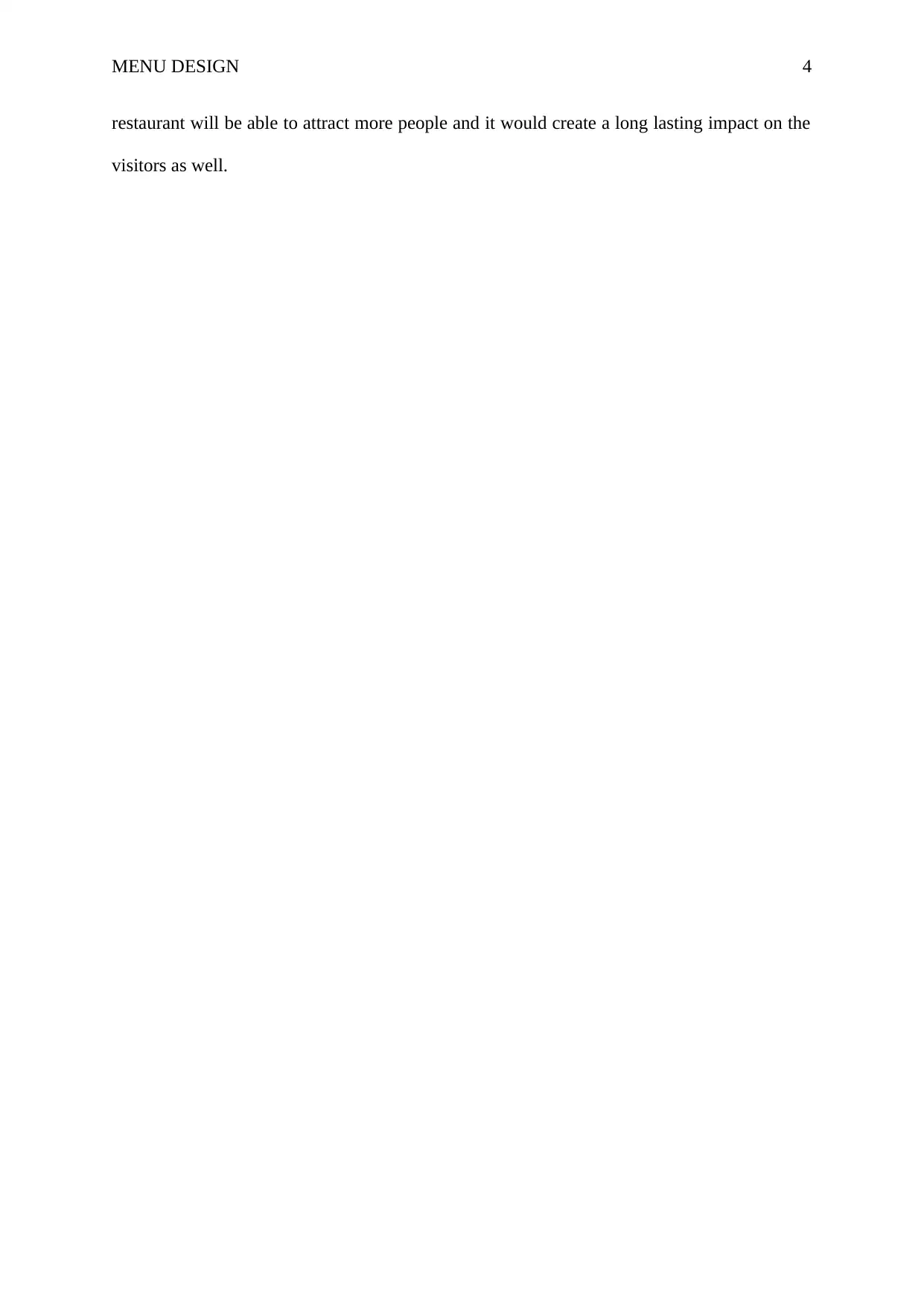
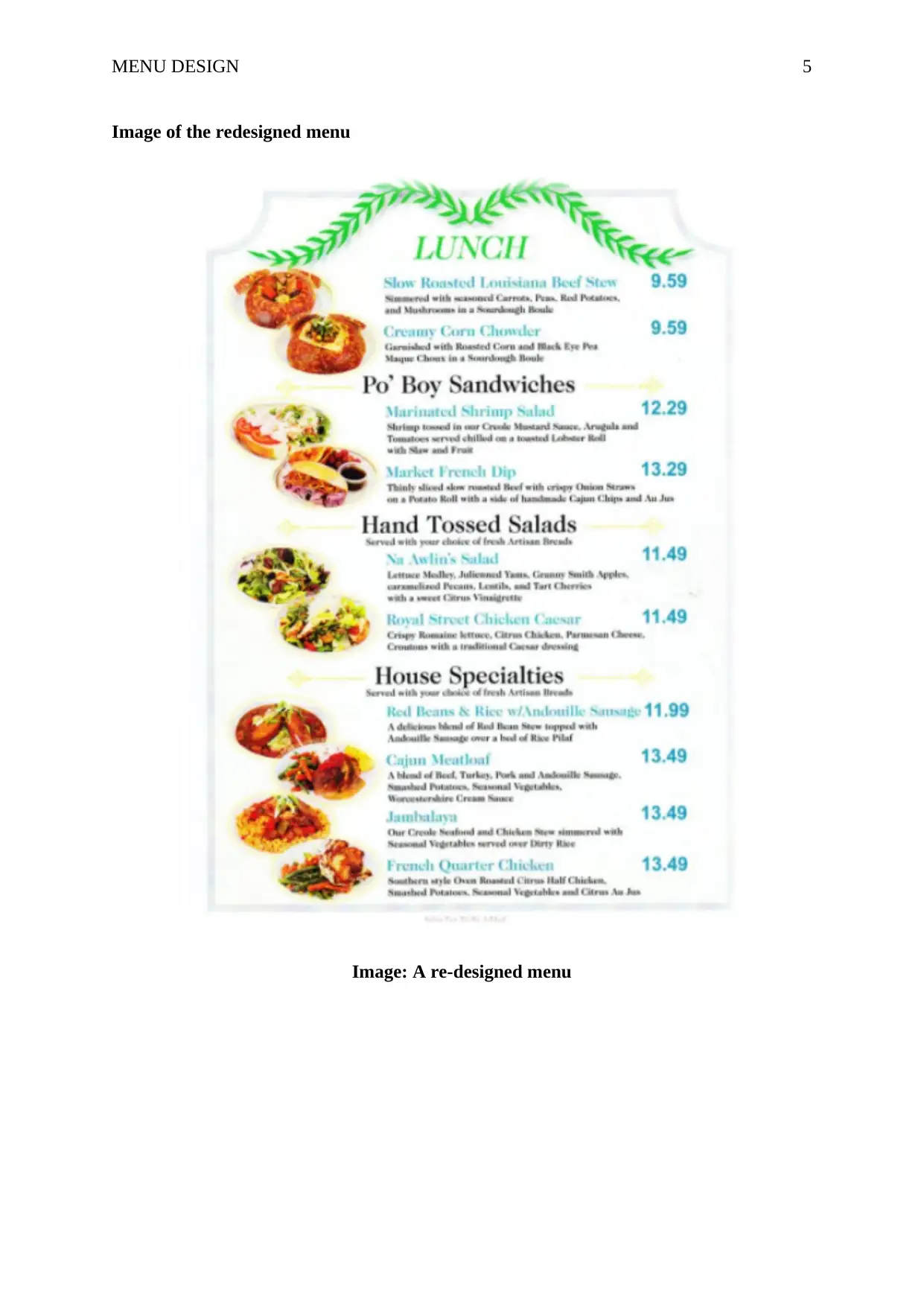
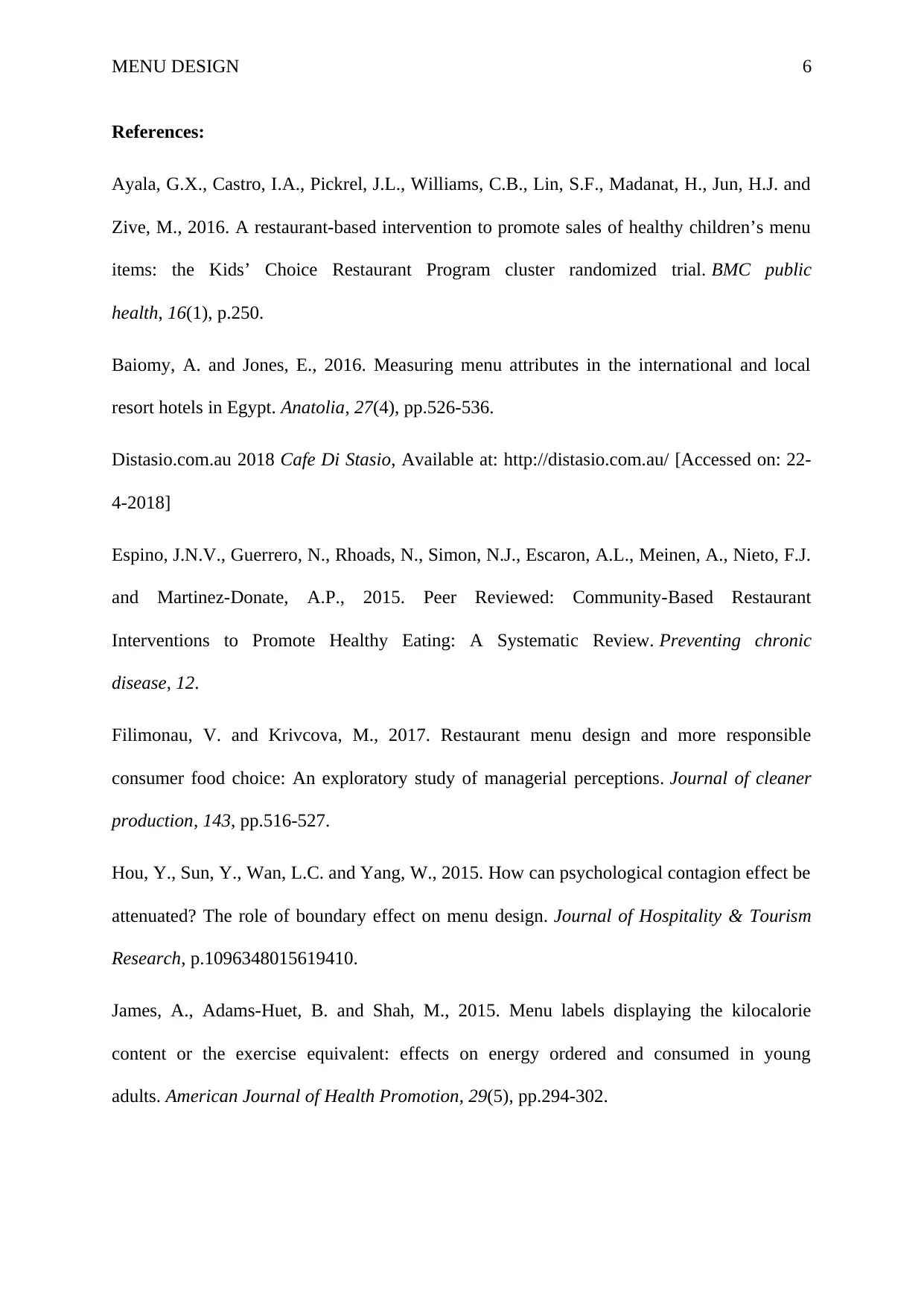
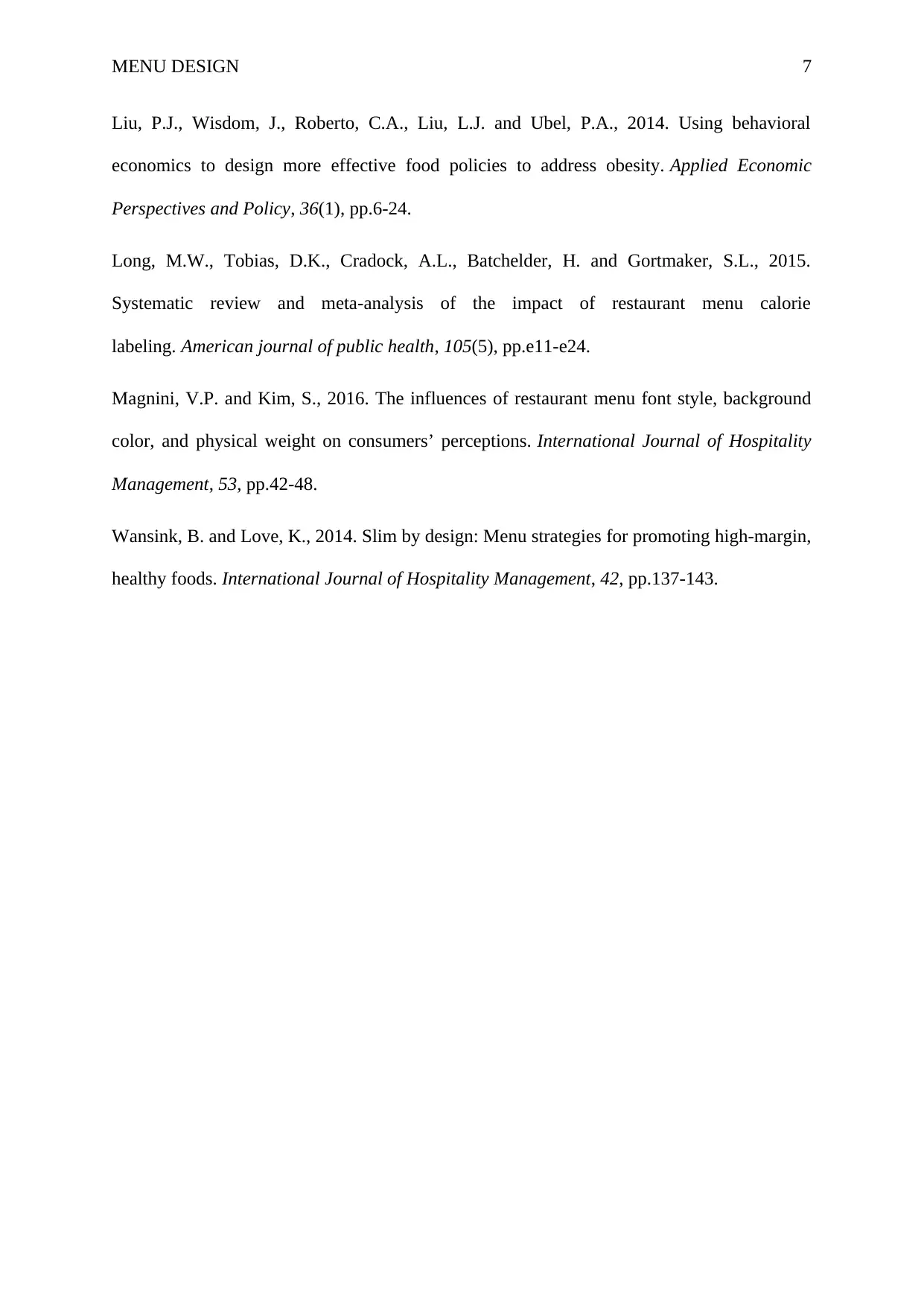




![[object Object]](/_next/static/media/star-bottom.7253800d.svg)